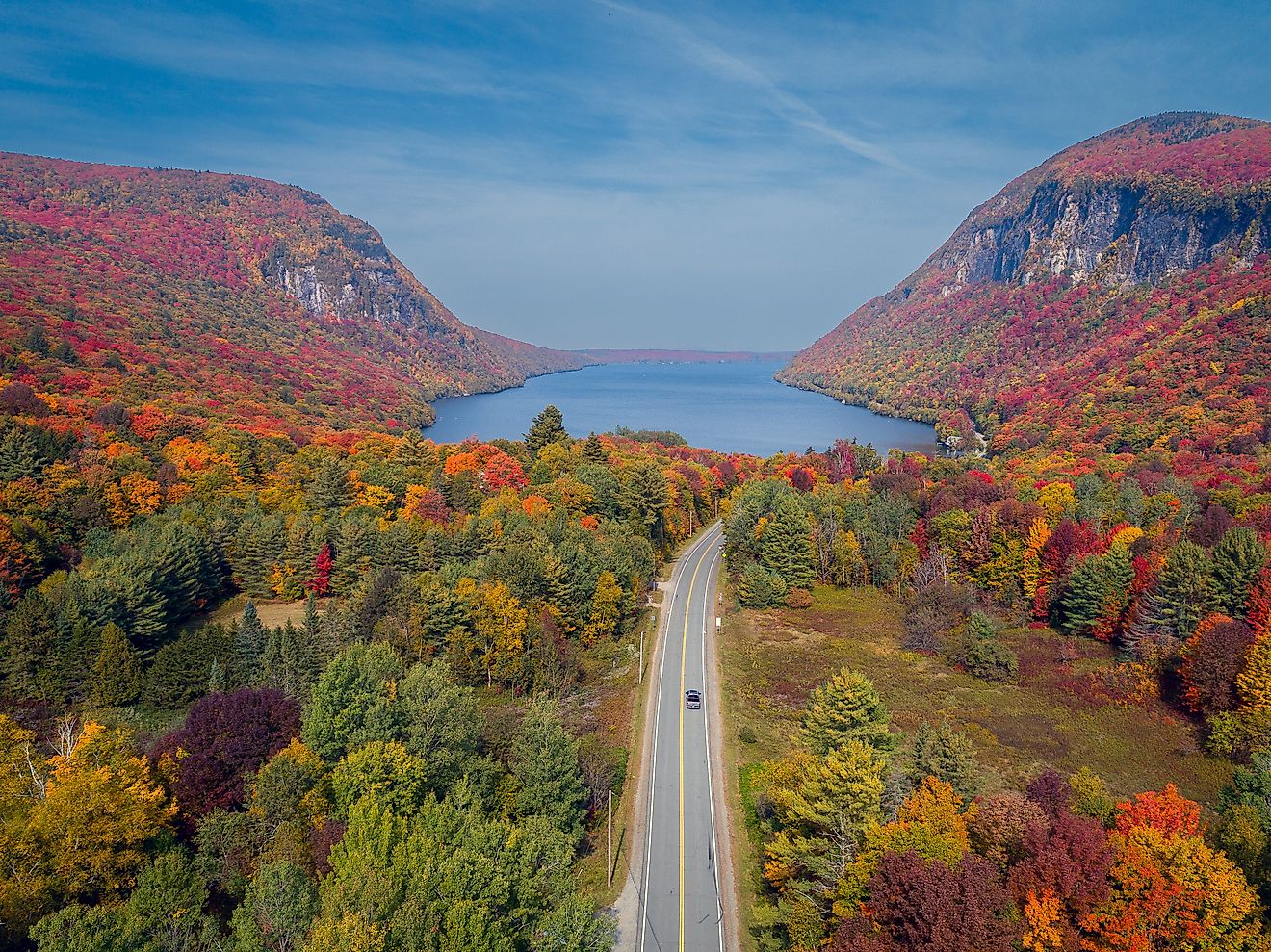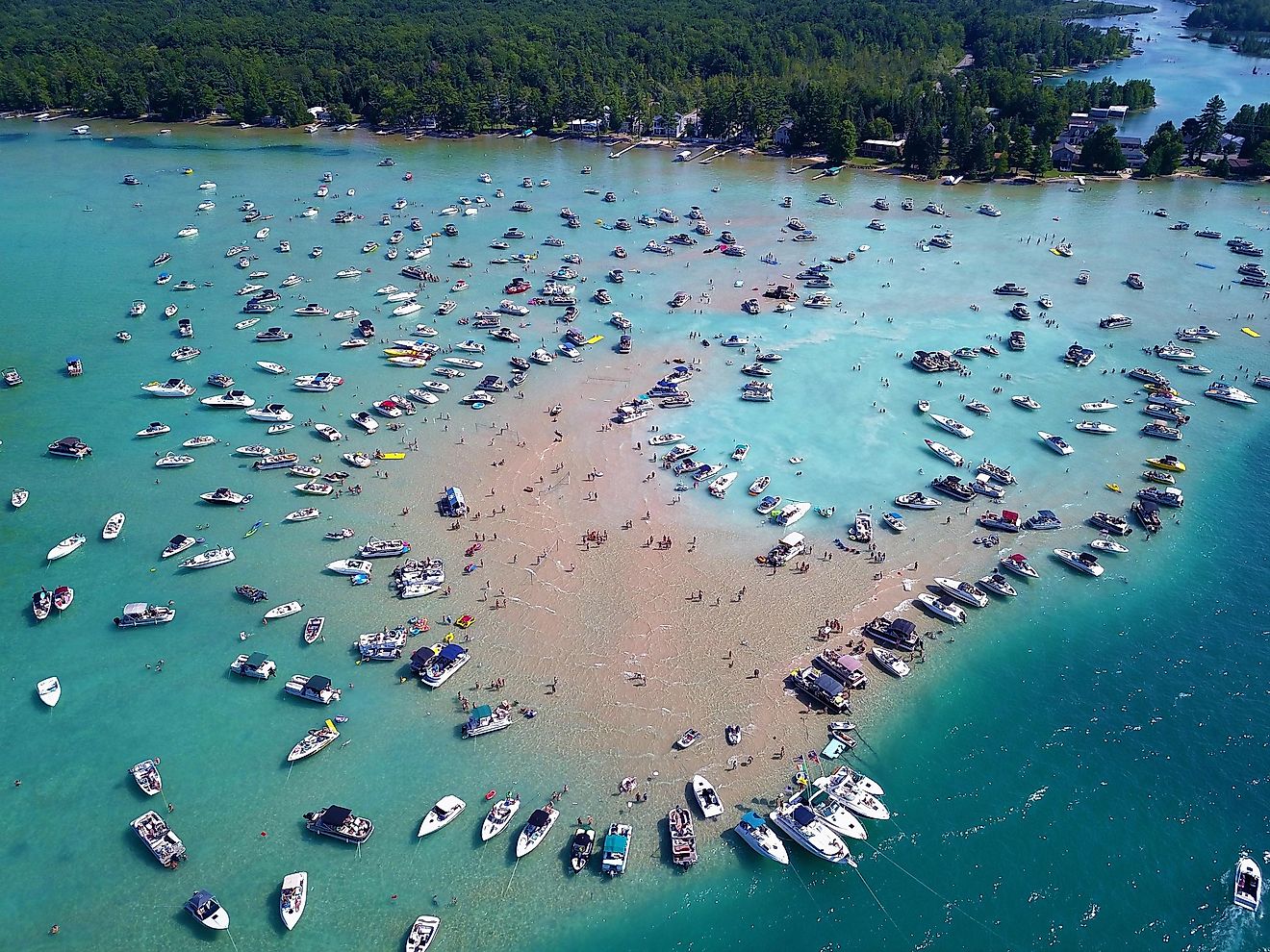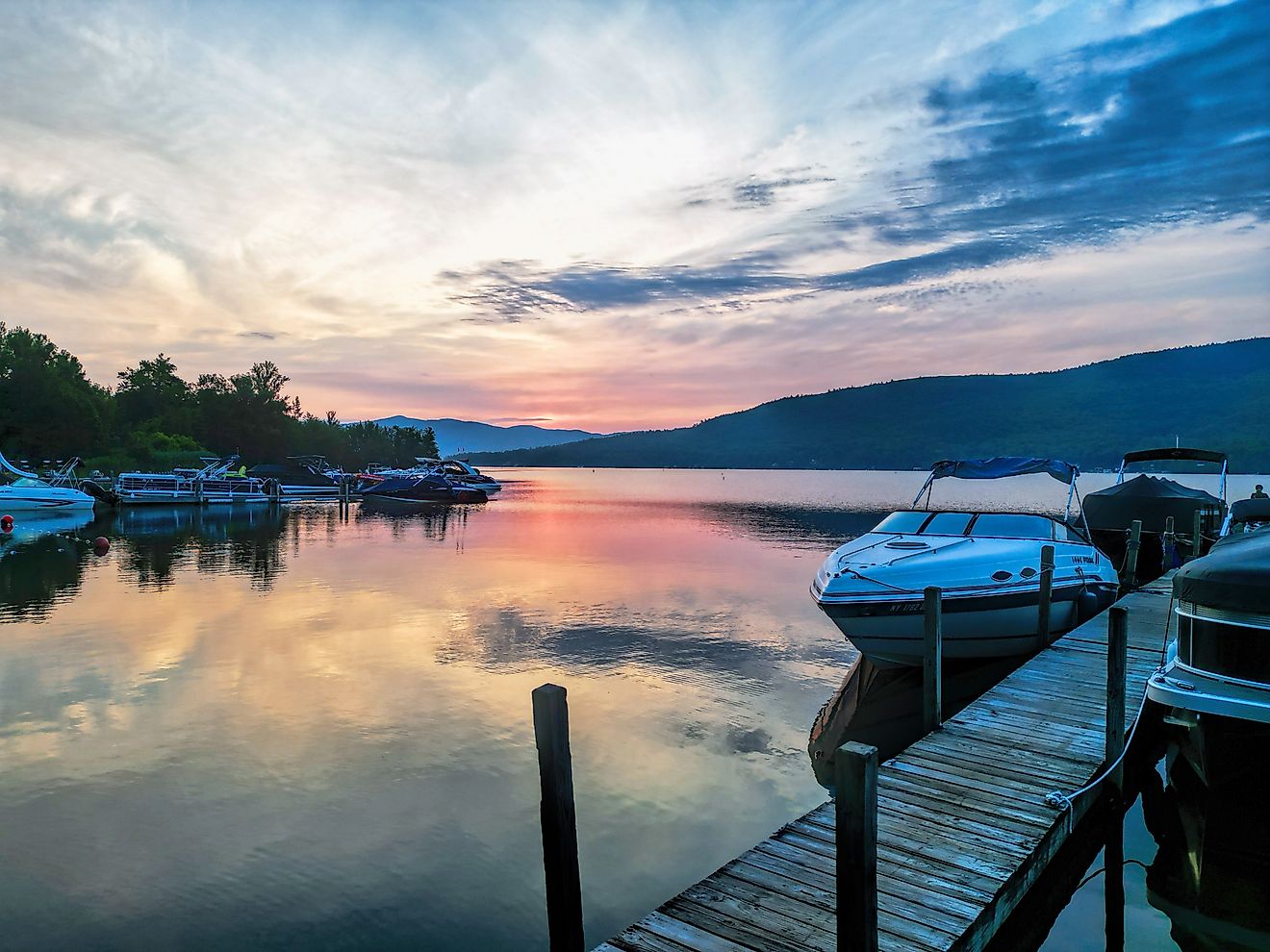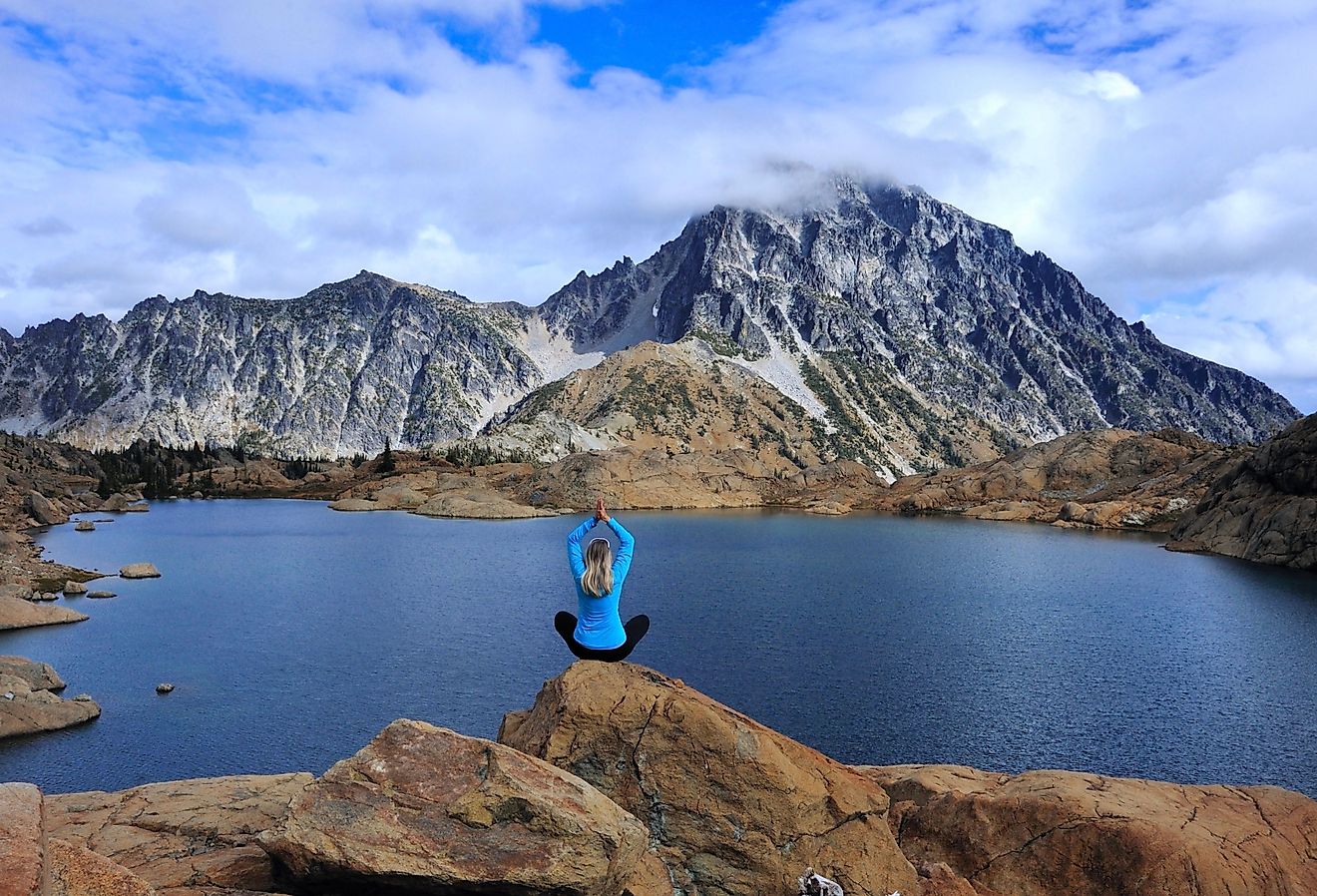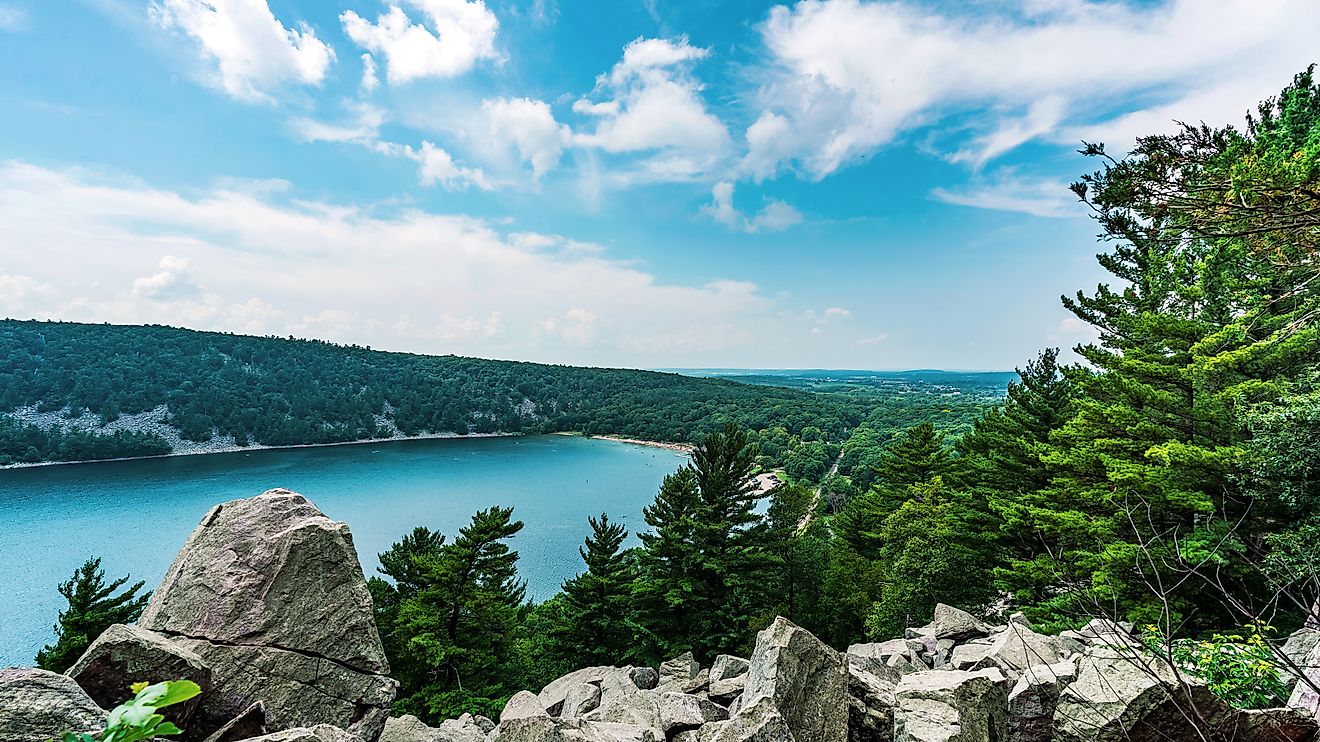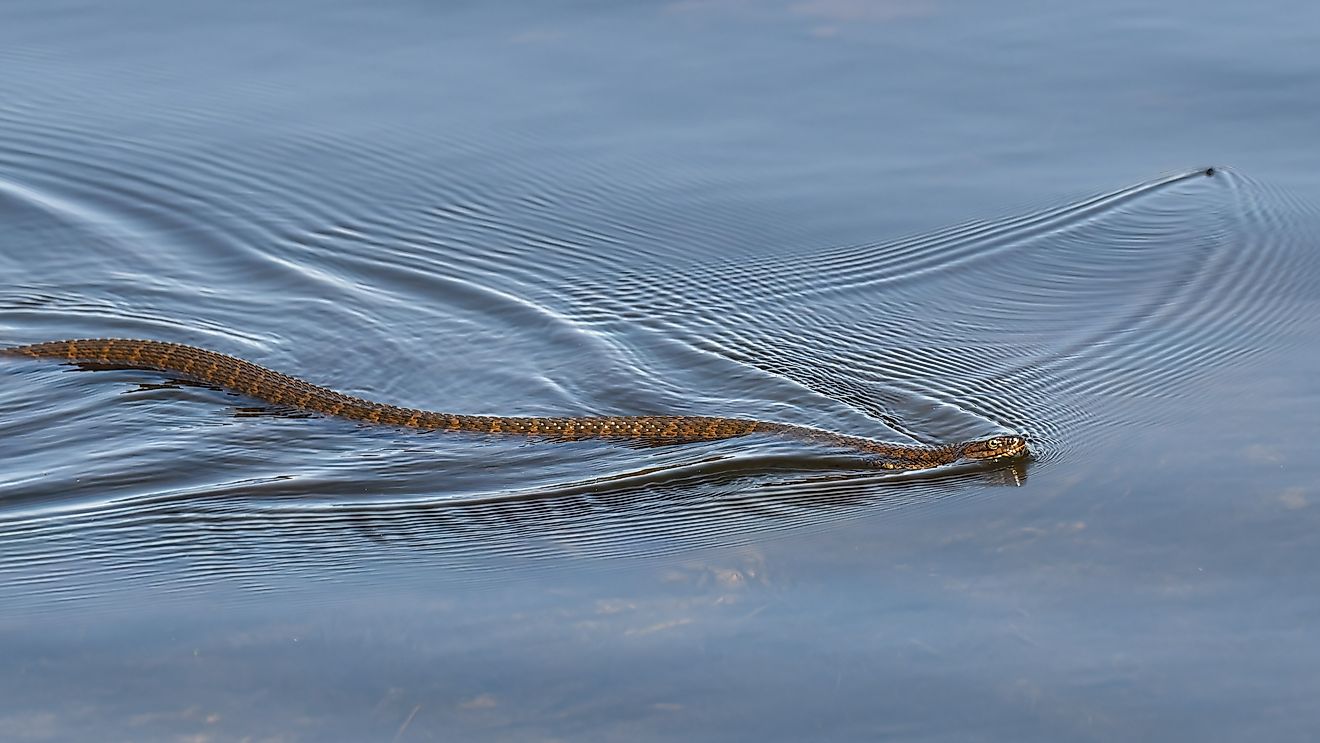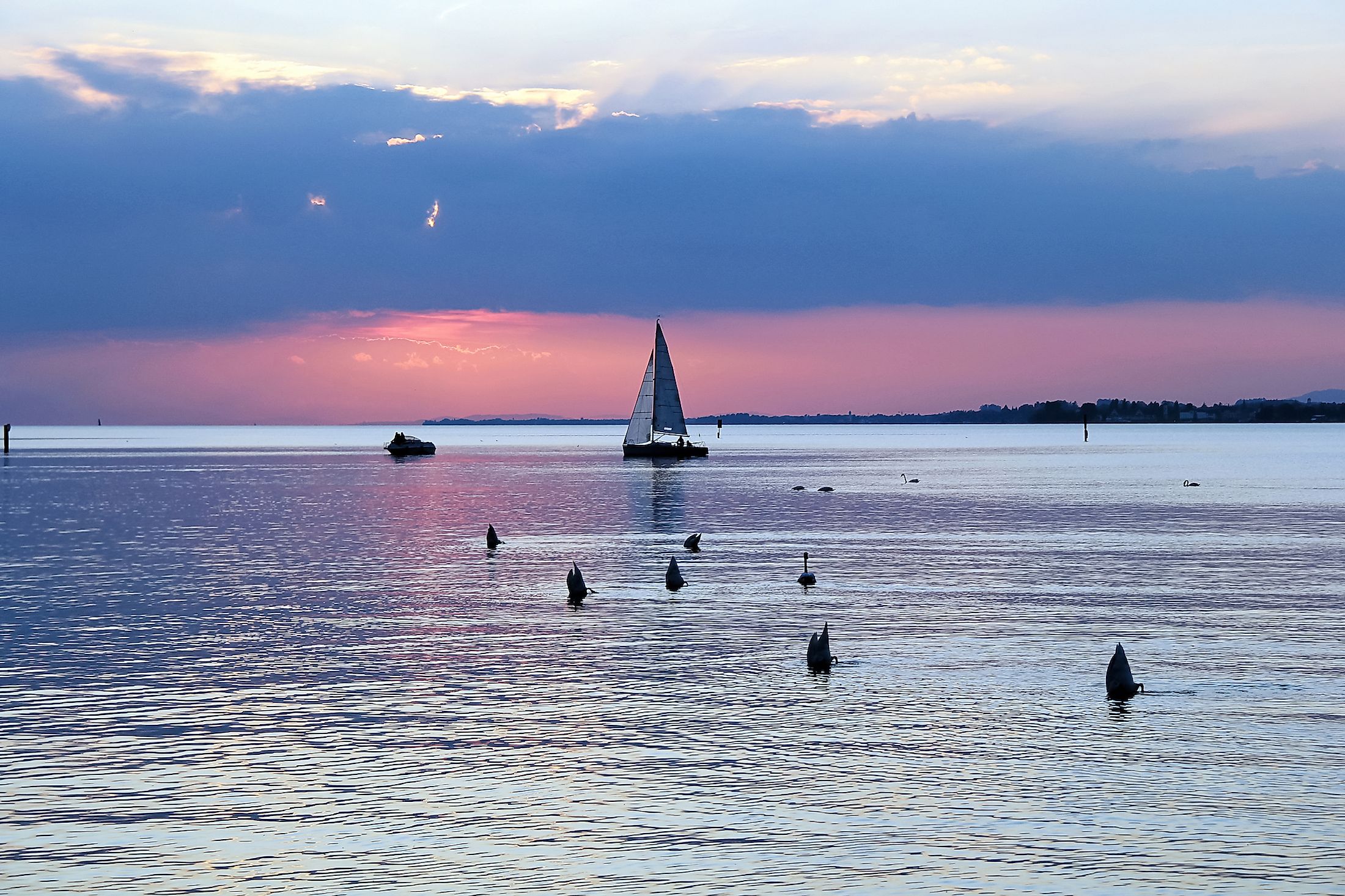
Lake Constance
Covering an area of 536 sq. km, Lake Constance, also known as Bodensee in German, is a large body of water that is shared by the three European nations of Germany, Switzerland, and Austria. The lake forms a part of the Rhine River basin and is geographically positioned at the northern foothills of the Alps. Lake Constance is considered Central Europe’s third-largest lake by surface area and also the second largest lake in Europe by water volume.
Geography
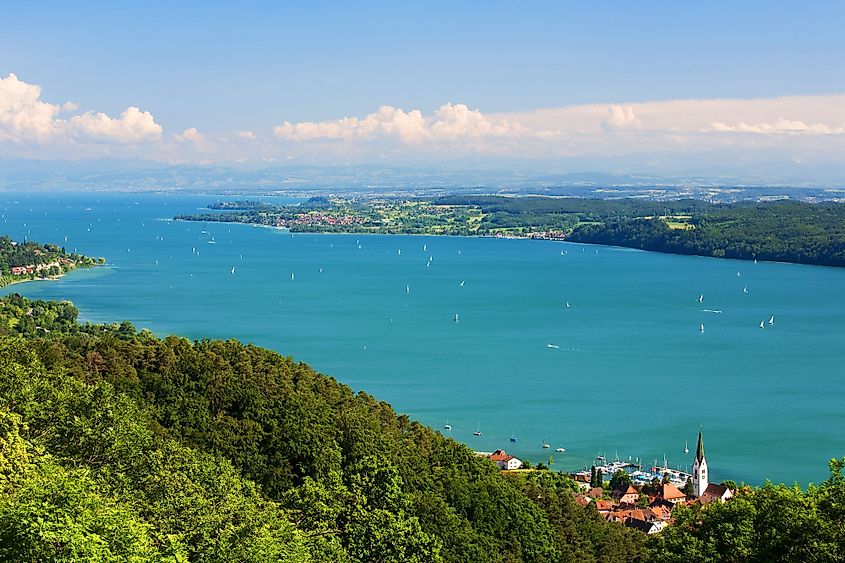
Lake Constance is situated at an elevation of 395m and has a maximum length of 63km and a maximum width of 14km. The lake has an average depth of 90m and reaches a maximum depth of 251m at its deepest point. The shorelines of Lake Constance are shared by the German states of Bavaria and Baden-Württemberg; the Swiss cantons of Schaffhausen, St. Gallen, and Thurgau; and the Austrian state of Vorarlberg.
This vast lake is further divided into two parts: the Upper Lake Constance and the Lower Lake Constance. Covering an area of about 473 sq. km and forming the main eastern section of the lake is the Upper Lake Constance or “Obersee”, which also includes its northwestern arm known as the Überlinger See. The smaller western section covers an area of only 63 sq. km, and is known as the Lower Lake Constance or “Untersee”. The two parts of the lake are connected by Lake Rhine or “Seerhein.”
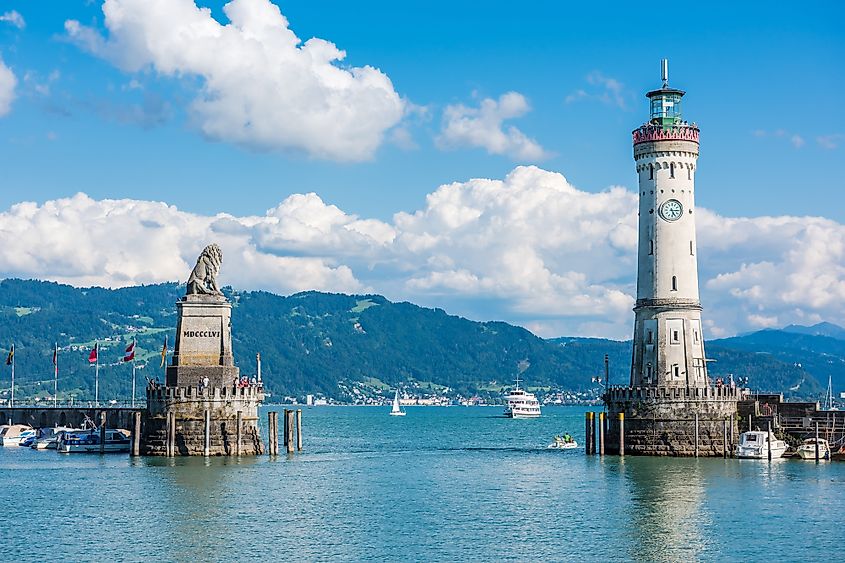
The Lower Lake or the Untersee is separated from the Upper Lake or the Obersee and the Überlinger See by a large peninsula known as the Bodanrück. The Lower Lake Constance is strongly characterized and divided into different sections around the Reichenau Island by terminal moraines, medial moraines, and glacial snouts. The two German sections are the Gnadensee and the Zeller See, while the Rheinsee is the single Swiss section.
The principal tributary of Lake Constance is the Alpine Rhine. The Alpine Rhine flows into the lake from the southeast close to the Austrian city of Bregenz. It then flows through the Upper Lake Constance into the Seerhein in the German city of Konstanz and then via the Rheinsee it finally feeds the beginning of the High Rhine in the Swiss towns of Rhein and Stein. Some of the most notable tributaries of the Obersee include the Bregenzer Ach, Dornbirner Ach, Argen, Seefelder Aach, Leiblach, etc. The Radolfzeller Aach forms the most significant tributary of the Untersee. The drainage basin of the lake culminates at the Swiss mountain peak – Piz Russein, which forms a part of the Tödi massif of the Glarus Alps, and is located at an elevation of 3,613m.
Islands in Lake Constance
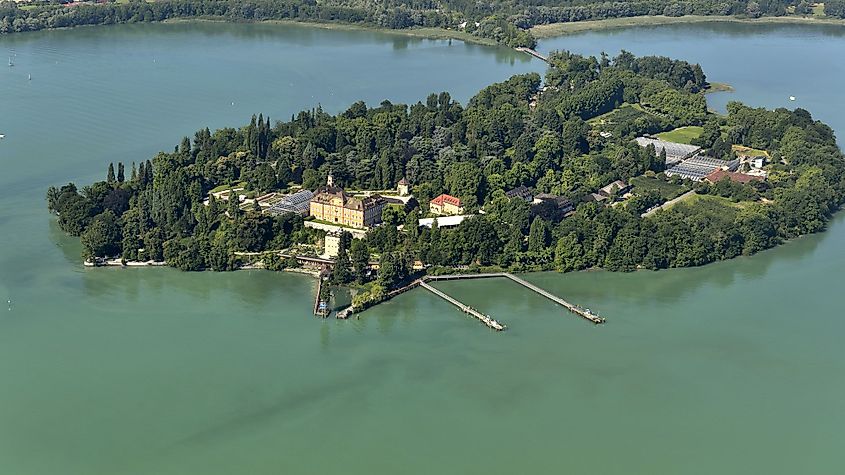
There are many islands in Lake Constance. Some of these major islands include the Reichenau Island, the Lindau Island, the Mainau Island, the Triboldingerbohl Island, and the Mittler or Langbohl Island. The Upper Lake Constance contains several smaller islands. The Lower Lake Constance also contains many small islands namely the Liebesinsel and the Werd Islands group.
In addition to these islands, there are many peninsulas in Lake Constance. These are the Bodanrück, Mettnau, Galgeninsel, Wasserburg, Höri and the Rohrspitz.
Climate
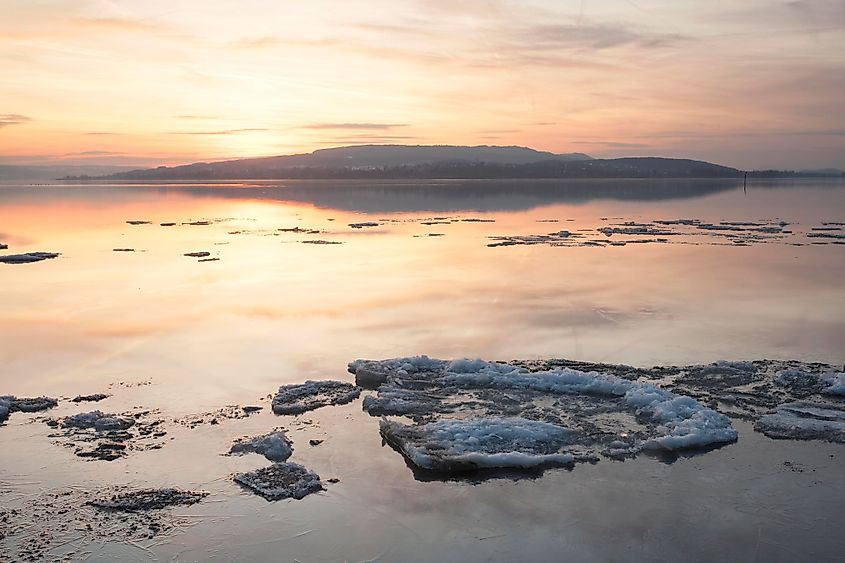
The Lake Constance area experiences mild temperatures which are moderated by the balancing and retarding effect of the large water body. The lake is heavily influenced by the föhn winds which causes close weather in summer and frequent fogs during winter. The lake also faces stormy gusts of wind during the summer thunderstorms. Some parts of the lake freeze during the winter season.
Ecology
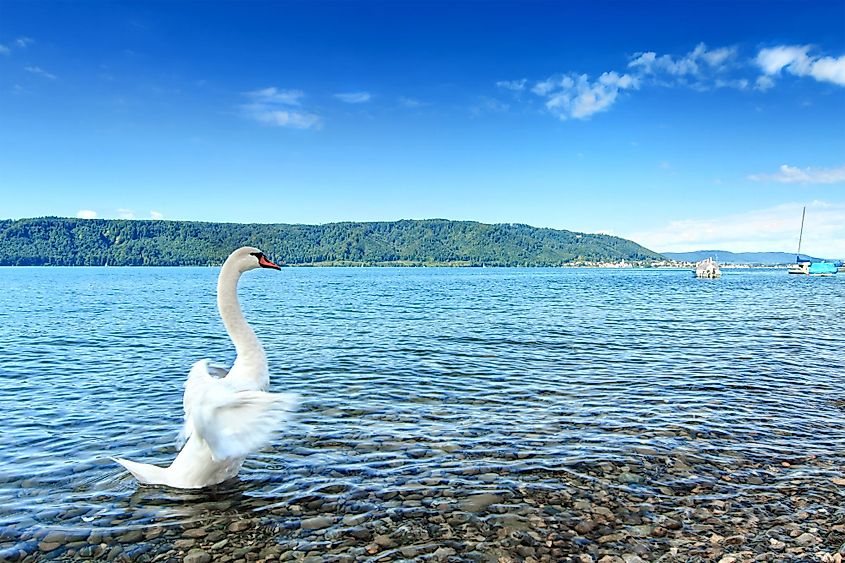
Lake Constance hosts more than 412 species of birds, many of which rest in the nature reserves of the Mettnau peninsula and the Wollmatinger Ried. Some of the most notable birds that are found here include chaffinch, starling, robin, chiffchaff, great crested grebe, goosander, grey heron, goldeneye, mallard, tufted duck, etc. Lake Constance is also considered an important overwintering area for about 250,000 birds. The lake also functions as an important staging post during the migration of birds. About 45 species of fish have been recorded from lake Constance. Several invasive fish species like the rainbow trout, zebra mussel, killer shrimp, opossum shrimp, etc have also been observed in Lake Constance.
Brief History
It is believed that Lake Constance was created during the ice age by the Rhine Glacier and is considered a tongue lake due to its unique process of formation. About 10,000 years ago, during the last glacial period, both the upper and lower sections of the lake formed a single lake. The rivers Rhine, Dornbirner Ach, and the Bregenzer Ach carried large amounts of sediments from the Alps to the lake, which led to a gradual decrease in the depth of the lake and its further extension in the southeast. In 43AD, the Roman geographer Pomponius Mela was the first person to mention the lakes and named the upper lake as “Lacus Venetus” and the lower lake as “Lacus Acronis”. The lake’s current German name “Bodensee” has been derived from the village of Bodman or the municipality of Bodman-Ludwigshafen, which is situated in the northwestern end of the lake. In the Roman and English languages, the lake has named “Lacus Constantiensis” or “Lake Constance” after the German city of Konstanz, which is located at the western end of the lake.
Tourism
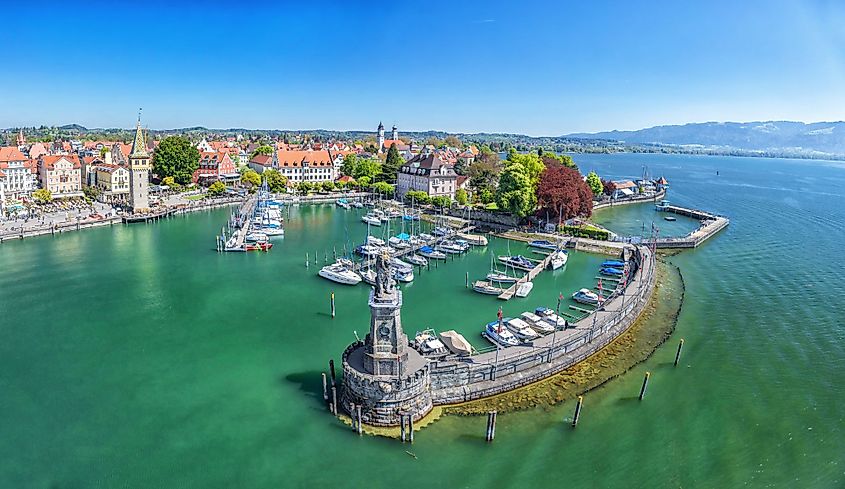
Lake Constance plays a major economic role for all the three European countries that share the lake. The lake serves as an important drinking water source for southwest Germany. It is estimated that more than 70 million visitors visit the lake every year. The Lake also offers many recreational activities like hiking, diving, swimming, and sailing, during summer and skiing during winter. The Romanshorn boat harbor is regarded as the largest leisure harbor on Lake Constance.






